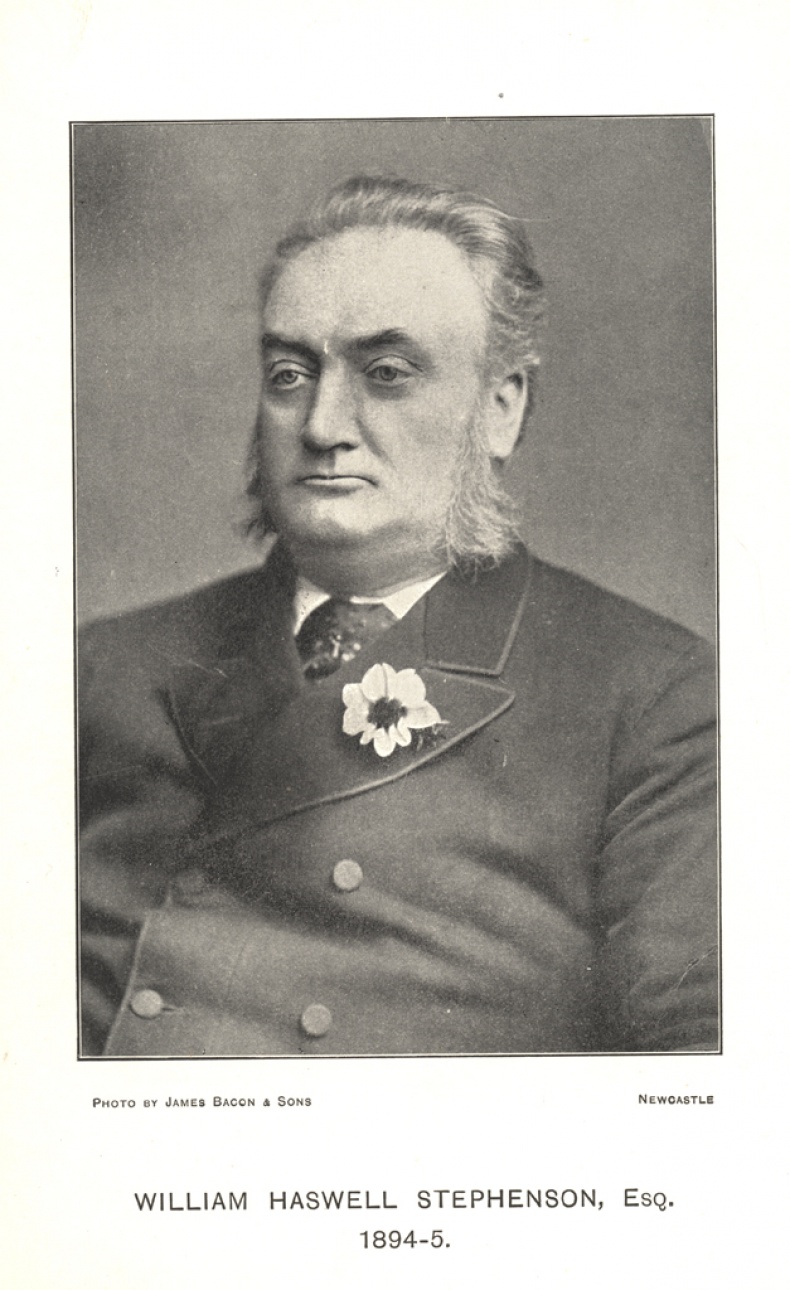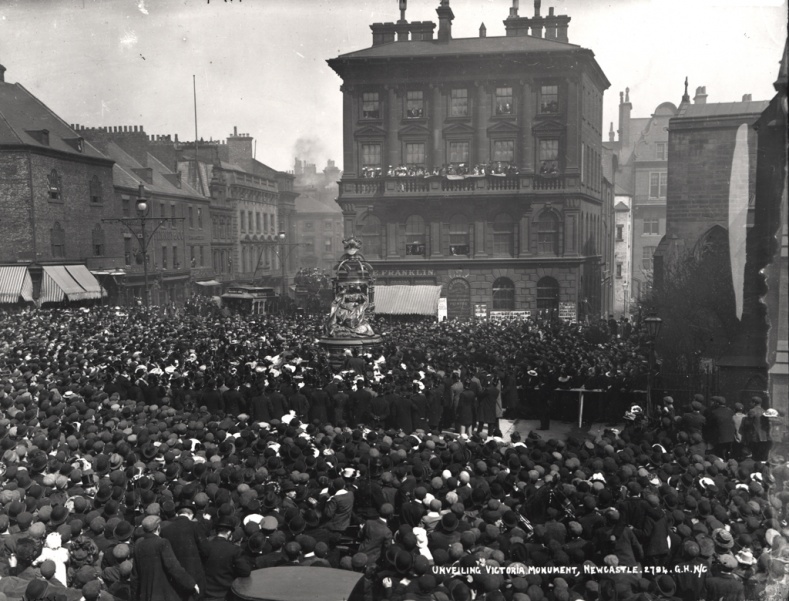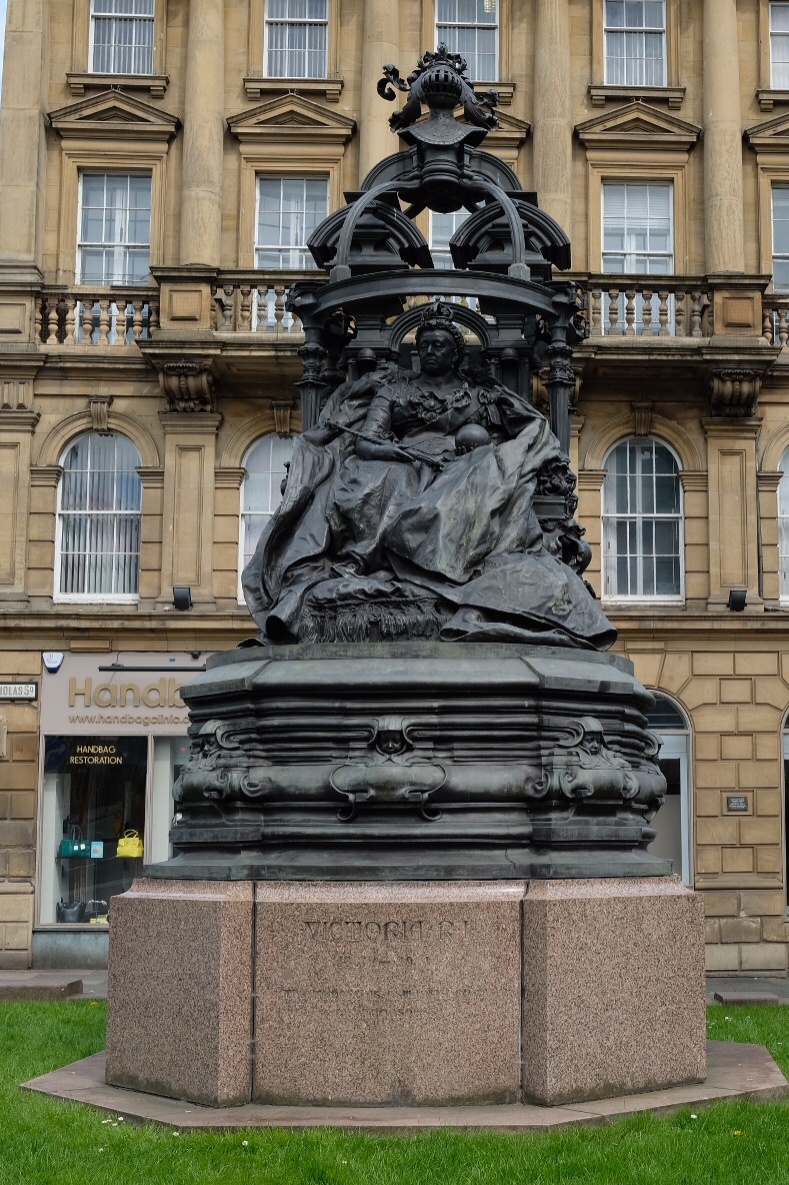


Stephenson, Sir William Haswell
1836-1918
Businessman and Civic Leader
Described as ‘one of the most prominent of Tyneside’s industrial elite’, William Haswell Stephenson was born at Throckley, seven miles west of Newcastle, in Northumberland, in 1836, to William and Elizabeth Stephenson. The family was devotedly Methodist and William’s ancestors were credited with helping John Wesley establish Newcastle, alongside Bristol and London, as the third leg of the ‘Wesley triangle’, where the Orphan House chapel, founded in 1743, became the second Methodist chapel built in England. It is no surprise therefore that William Haswell Stephenson received the greater part of his education as a boarder at the Wesley College in Sheffield. By that time his family had transitioned from agriculturalists to industrialists as owners of the Throckley Coal Co. William built on this foundation to become an investor in numerous successful North East enterprises, including John Spencer & Sons and Airedale Mills.
Stephenson is best remembered, however, for his contribution to Newcastle civil society. He was a staunch Conservative in a predominantly Liberal town, but he was popular and committed to schemes for social improvement. He served variously as a magistrate, Alderman, four times Mayor of Newcastle and Lord Mayor in 1909-10. He was chairman of the Tyne Commission and chairman of the City’s Finance committee. His most important philanthropic contributions were threefold. First, he built the Stephenson Library on Elswick Road at a cost of £4,000 in 1896. This was intended as a meeting place with refreshment and committee rooms besides the library. It now houses the West End Woman and Girls Centre. Second, in 1908, Stephenson decided to provide the East End of the city with its own library. The Lady Stephenson Library in Walker was commissioned in honour of his wife who had died in 1908. In the days before televisions, libraries provided access to news, learning and literary escapism. This fine building has recently been refurbished as home to the publishing house Cambridge Scholars. Third, Stephenson erected a statue of Queen Victoria unveiled in 1903 to mark her long and prosperous reign. The statue was placed in St. Nicholas Square at the entrance to St. Nicholas Cathedral, near Mosley Street (the first street in the world to be illuminated by incandescent light bulbs). Designed by Alfred Gilbert, the statue was designed to both memorialise the recently deceased monarch and to celebrate 500 years of Newcastle town sheriffs, in which role William Haswell Stephenson had served.
References
Callcott, M. (2001). The Governance of the Victorian City. In Colls, R. & Lancaster, B. (eds.) Newcastle Upon Tyne: A modern history, Chichester: Phillimore & Co. Ltd, pp. 73, 82.
Co-Curate Newcastle University. (2018). William Haswell Stephenson 1836-1918, Available here (Accessed: 12/07/2018).
Co-Curate Newcastle University. (2018). Statue of Queen Victoria, St. Nicholas Square, Available here (Accessed: 12/07/2018).
Grace’s Guide. (2018). 1914 ‘Who’s who in business: Company S’. Available here (Accessed: 12/07/2018).
Middlebrook, S. (1950). Newcastle: Its growth and achievement, Newcastle: Newcastle Journal and North Mail, pp. 309.
Morrison, J. (2018). Tyne and Wear Sitelines: Stephenson’s Library. Available here (Accessed: 12/07/2018).